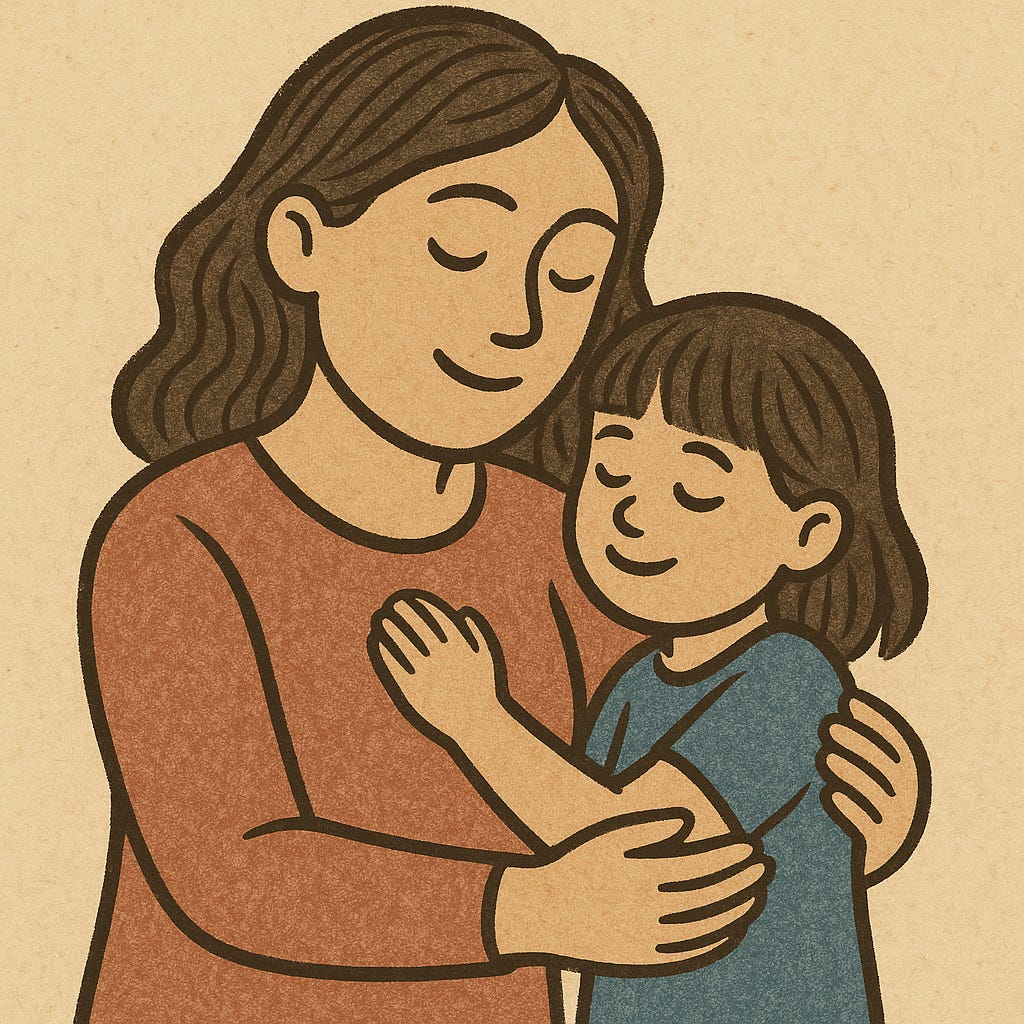The Inner Child Meets the Ancient Wisdom of Buddhism
Your non-self may indeed bear early wounds to be healed
The concepts of the “inner child” and “re-parenting” blossomed into popular culture in recent decades. The overuse and sloppy definitions of the terms, as with “mindfulness,” don’t diminish the value of the concepts. But how can one heal one’s inner child while following a religion that rejects the idea of a “self.”
The inner-child concept—popularized in Western psychology through the work of therapists like John Bradshaw, Alice Miller, Lucia Capacchione, and Charles L. Whitfield—suggests that we all carry within us the emotional experiences, wounds, and needs from our childhood.
This idea is not complex: Past hurts or needs from childhood still affect how we act, relate to others, and feel as adults. The healing process focuses on recognizing and mending the wounded inner child by implementing techniques such as visualization and role-playing exercises.
Buddhism also understands how past experiences create patterns that shape our present. The concept of karma and the formation of mental habits acknowledge that our past actions and experiences leave imprints on our consciousness that continue to influence us. The Sanskrit word for these mental formations is samskaras.
Keep reading with a 7-day free trial
Subscribe to From the Pure Land to keep reading this post and get 7 days of free access to the full post archives.


